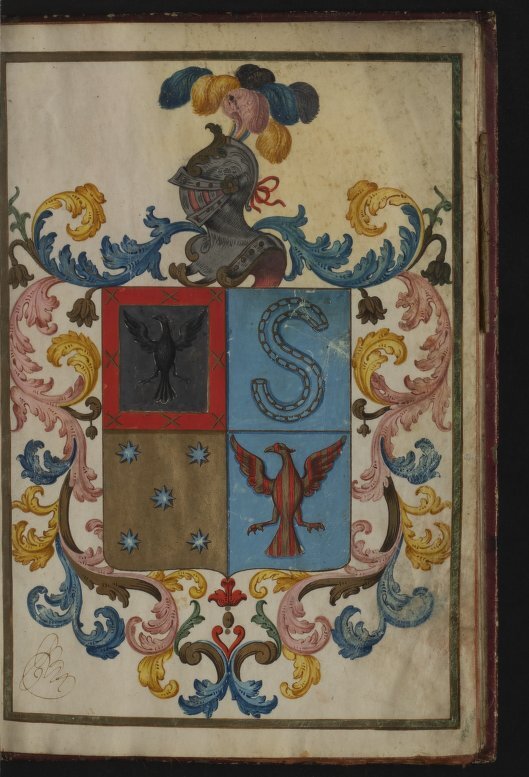Cartas Ejecutorias
Nobility in Early Modern Spain
Hidalguía was a form of minor nobility, but it did not come with a title or aristocratic rank. Instead, hidalguía was a hereditary legal status that was recognized throughout the kingdoms of early modern Spain, and it conferred several legal and financial benefits. In most regions, possessors of hidalguía – hidalgos – were exempt from several forms of taxation, both royal and local, and they had various civil and criminal immunities. In many towns and cities, hidalgos were also given preferential appointment to various municipal offices, which increased their local political power.[1] Other privileges that nobles received when presenting this type of document were a special place in religious processions and certain festivals, the rights to better placements for sepulture in churches, and exclusion from duties like giving housing to common soldiers.[2] Hidalgos may have been obliged to contribute military service, but this was not a universal expectation.
Hidalgos were recognized at the community level: if the members of a town council agreed that a family were hidalgos, they granted that family the privileges that came with hidalguía as practiced in that area. However, as the Christian population of Spain became more mobile after the wars of conquest in the fifteenth century, town councils and would-be hidalgos came into conflict. Lawsuits ensued. Records of over 42,000 cases are still preserved in the Archives of the Royal Chancery Court at Valladolid, one of the two royal courts that heard such cases from the late fifteenth century through the early nineteenth century. The number of hidalguía lawsuits reached a peak in the sixteenth century, with the 1550s seeing an average of 200 lawsuits filed per year.[3]
If the individuals in an hidalguía suit were successful in their claims, they were issued an official carta ejecutoria – an executive letter – addressed to local tax collectors and officers of the law in the name of the king. Most cartas ejecutorias are a legal confirmation of a plaintiff’s claim to hidalguía, not a grant of that status. Each ejecutoria gave a summary of the lawsuit, the evidence, and the ruling, and instructed the readers to treat the letter’s owners as hidalgos.
